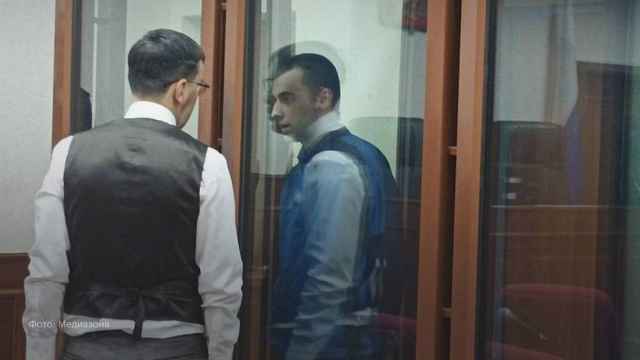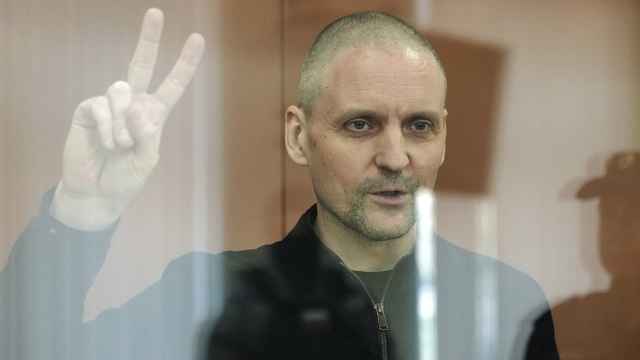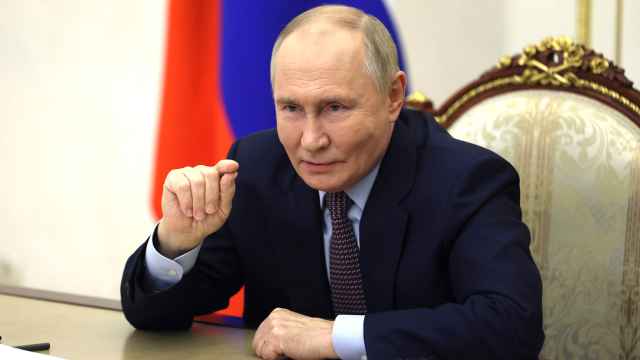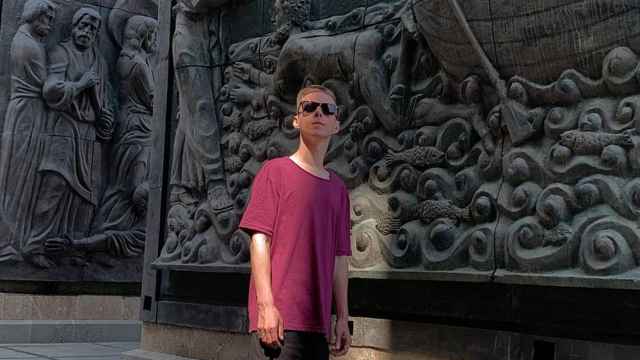Of all the post-Communist countries, none has been more successful in its reforms than Estonia. Today, it is difficult to imagine that only 20 years ago, Estonia and Russia were republics in the same state. A comparison between the two shows what really matters for social and economic development.
The least remarkable difference lies in gross domestic product. Estonia’s GDP per capita is about 20 percent higher than Russia’s at current exchange rates. This difference was about the same when both states belonged to the Soviet Union. In these terms, both have been successful. Estonia’s strong growth performance shows how limited Russia’s advantage is from its vast oil revenues, even when the oil price is close to an all-time high. The predicted growth rates for the next few years are similar at about 4 percent a year, though Estonia is more likely to outperform than Russia.
The contrast between Estonia and Russia becomes all the more striking when we turn to qualitative indicators. In the recent survey of math skills of school pupils by the Organization for Economic Cooperation and Development, Estonia ended up in 17th place, far higher than the Western average, while Russia fell significantly below the average in 38th place. More obscure comparisons of health care point in the same direction. The Estonian public sector functions very well by the standards of the European Union, while Russia’s social sector is neither effective nor efficient.
The largest difference is corruption. Out of the 178 countries on the Corruption Perception Index of Transparency International, Estonia ranks 26, while Russia is No. 154. Estonia was perceived as somewhat more honest in Soviet days, but not much. This discrepancy has largely arisen after the end of the Soviet Union. Estonia has grown more honest, and Russia far more corrupt.
The direct cause of this huge chasm is the business environment. On the World Bank index for the ease of doing business, Estonia ranks steadily 17 out of 183 countries, while Russia is 123rd and falling. Estonia is simply a much more livable society. Estonia is a leader in e-government, while Russia’s red tape remains oppressive.
These few observations show two different things. On the one hand, the level of economic development as measured in GDP is usually rather inert and economic convergence with the West requires decades. In terms of purchasing-power parity, Estonia has reached about half of the GDP per capita of the original 15 members of the European Union.
At the same time, however, in most qualitative regards, Estonia ranks higher than the original EU members, showing that the functioning of the state and the public sector can change much faster than people usually think.
Corruption is often blamed on ingrained traditions and institutions of the Soviet Union or the Russian Empire, but both Estonia and Russia were part of those states. Arguments of religion and culture have proved wrong so often that we may ignore them.
The rising gap between Estonia and Russia shows how important government policy is and how fast corruption and the state can actually change. No government can get away with blaming history or tradition for its failure to control corruption.
Nor is it sufficient to be a market economy or maintain good fiscal policy. Before the global financial crisis, Russia and Estonia had similarly limited public expenditures as a share of GDP, and both enjoyed persistent fiscal surpluses and had virtually no public debts. Both countries have flat income taxes and generally low or moderate tax rates.
But business life is quite different in the two countries. Estonia has no oligarchs or even very rich people. In the early 1990s, its business was dominated by shady metal traders, who operated like their Russian colleagues, buying metals at low prices fixed by the state and exporting them at a free market price. Such business required controls over prices and exports, but as soon as both were liberalized this business was washed away.
Russian business remains dominated by oligarchs whose very existence requires good relations with the ruling elite — one that doles out money, permits and other assets, while limiting competition from the market. Russia’s red tape gives officials the opportunity to collect kickbacks and allows the business elite to reap excessively large profits because of stifled competition. Much of this is being financed with rents from oil and gas, which go to wealthy officials and favored businessmen. Russia needs to achieve Estonia’s degree of deregulation and transparency.
The ultimate difference is that the Estonian government is focused on the welfare of its nation, while the Russian leaders are preoccupied with their own welfare. That is the difference between democracy and authoritarianism.
Democracies are strong in crisis because they enjoy legitimacy in the eyes of their citizens. On March 6, Estonia held parliamentary elections. The current two dominant center-right coalition partners, the Estonian Reform Party and the Pro Patria and Res Publica Union, won an increased majority, although GDP plummeted by a total of 19 percent in 2008 and 2009, when the same government ruled.
The Estonian voters understand that this was caused by the global financial crisis and do not blame their government for what it cannot control. Small, open economies are vulnerable to the hazards of loose global monetary policy. The Estonian government was compelled to carry out a fiscal adjustment of no less than 9 percent of GDP in 2009 essentially by cutting public expenditures. It has also managed to minimize its budget deficit.
The contrast is stark with authoritarian Russia, where the government is so afraid of the population that it has switched to a populist policy during the crisis, throwing money at any group that may cause unrest. Thus, Russia maintains a significant budget deficit despite the current abundant oil revenues.
Estonia sets a good example for Russia to follow. It shows what Russia should and can do when it becomes democratic again. After all, Russia is far too rich, educated and open to be so corrupt and authoritarian. Remember that there is only one country that is richer and more corrupt than Russia — Equatorial Guinea.
Anders Aslund is a senior fellow of the Peterson Institute for International Economics and author of the book “The Last Shall Be the First: The East European Financial Crisis, 2008-10.”
A Message from The Moscow Times:
Dear readers,
We are facing unprecedented challenges. Russia's Prosecutor General's Office has designated The Moscow Times as an "undesirable" organization, criminalizing our work and putting our staff at risk of prosecution. This follows our earlier unjust labeling as a "foreign agent."
These actions are direct attempts to silence independent journalism in Russia. The authorities claim our work "discredits the decisions of the Russian leadership." We see things differently: we strive to provide accurate, unbiased reporting on Russia.
We, the journalists of The Moscow Times, refuse to be silenced. But to continue our work, we need your help.
Your support, no matter how small, makes a world of difference. If you can, please support us monthly starting from just $2. It's quick to set up, and every contribution makes a significant impact.
By supporting The Moscow Times, you're defending open, independent journalism in the face of repression. Thank you for standing with us.
Remind me later.






